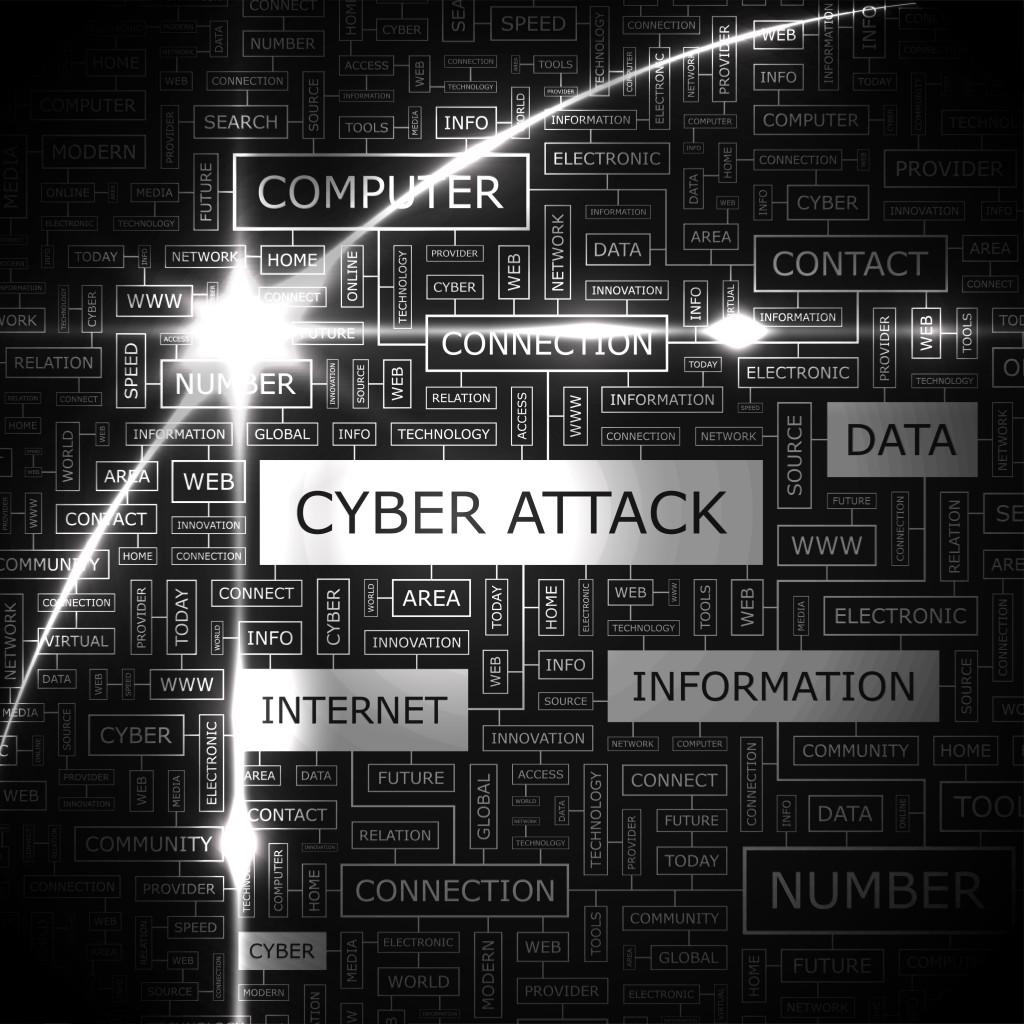This blog post is an excerpt from GovLoop’s recent guide DoD in Transition. Download the full guide here.
When you think of wars the Department of Defense faces, you may think of battles taking place in on land, sea, or in the air. However, Chief Technology Officer Prem Jadhwani of Government Acquisitions, a leading technology solutions provider for federal government, explained that one of the most pressing challenges for DoD is actually occurring in cyberspace.
“Within the current threat environment of DoD, there are two important cybersecurity concerns to highlight,” Jadhwani said. “First, the amount of security incidents being detected is growing astronomically. Second, the types of attacks are completely changing from traditional attacks like password breaches to more advanced persistent threats.”
As a result of these dual challenges, what used to work in the past is no longer effective. “Many agencies are finding that their current practice of one-off patching is not sustainable; it strains the resources of both the vendor developing the patch and the end user deploying the patch,” Jadhwani explained
Additionally, many current tools are not effective in detecting and preventing advanced persistent threats and targeted attacks. To counter this, agencies are beginning to deploy solutions that take advantage of advances in machine learning, artificial intelligence and natural language processing. These technologies automatically detect and repair system vulnerabilities at speeds impossible to match by traditional IT solutions.
“For instance, we have one solution that uses artificial intelligence, machine learning, and natural language processing to scan almost 500,000 endpoints in 15 seconds,” Jadhwani said. “Then, it tells you that out of those endpoints, one hundred thousand endpoints do not have the patch; here is where they’re located; and here’s what you need to do to repair them. That process used to take several weeks, because people used to store that information manually, on a spreadsheet.”
In addition to creating efficiencies in cybersecurity, these solutions also solve two other common challenges facing DoD. First, they replace legacy systems that inhibit organizations from keeping pace with technological changes. Obsolete software and hardware are expensive, inefficient and time-consuming to maintain. According to one GAO report, more than 75 percent of the government’s IT budget is spent solely on maintaining legacy IT systems. Additionally, most legacy technology doesn’t grant the agility necessary for agencies to keep pace in a changing threat landscape.
In contrast, a modern and optimized network can assist DoD in its efforts toward data center consolidation and a unified network through its ambitious Joint Information Environment (JIE) initiative. Modernization can also alleviate many federal IT pain points, including provisioning new services with fewer resources and more efficiently managing higher scale workloads, while helping DoD agencies become far more streamlined and agile.
But in order to reap the benefits of these advanced technologies, Jadhwani explained that most agencies will need a strategic partner to help create a holistic IT infrastructure. “Agencies need to seek help from solution providers that can bring state of the art solutions to modernize the IT infrastructure from two important aspects – increasing both raw performance and efficiency through automation – while ensuring everything remains highly secure,” he said.
As the number of potential solutions increases and diversifies, it becomes difficult for IT administrators to create an integrated network that can monitor all endpoints and share security information across the enterprise. To mitigate this concern, some third party organizations are creating and integrating modern technology suites.
For instance, Government Acquisitions’ Hyper Converged Analytics Platform (HyperCAP) integrates technologies from multiple vendors including Dell, Palo Alto Networks, and Splunk to create an end-to-end data analytics solution for agencies’ IT and security operations. Rather than requiring an agency to piece together disparate solutions, this platform provides a holistic solution that makes the most of modern technologies to monitor an entire enterprise.
“To overcome these challenges, organizations should not confront these obstacles alone, and instead seek partners who have already helped other federal agencies overcome them,” Jadhwani urged. “Learn from these partners about the integrated solutions and best practices to make headway on your own projects.”

